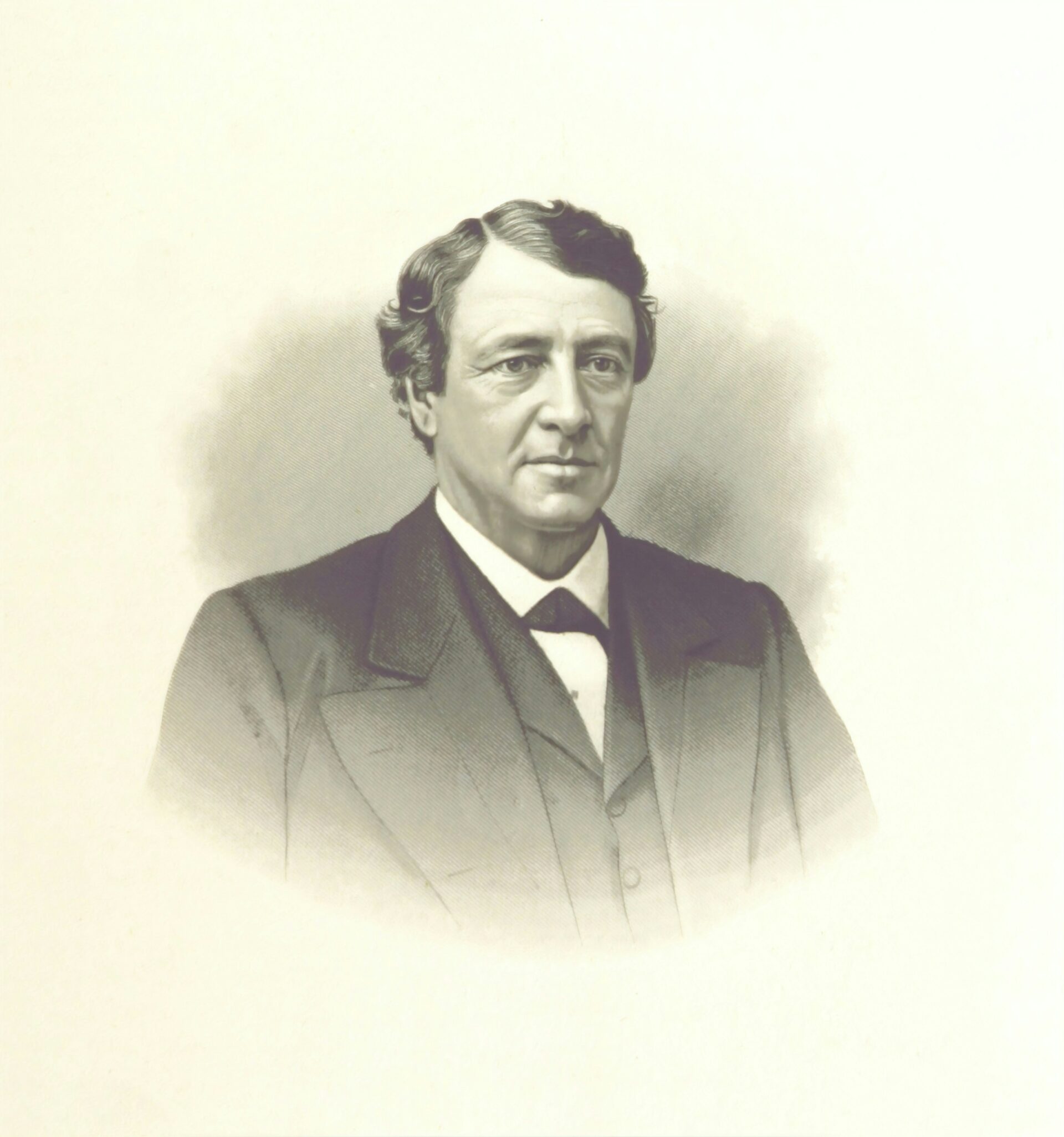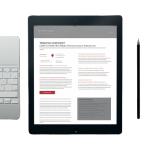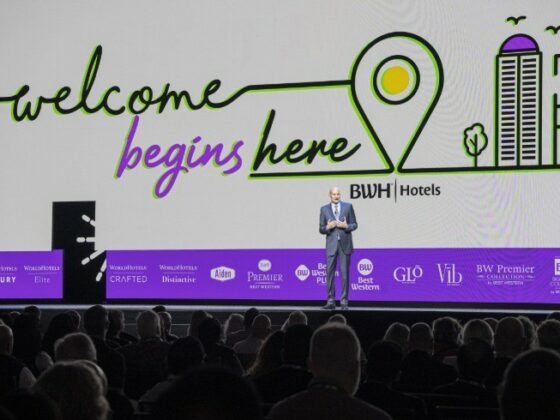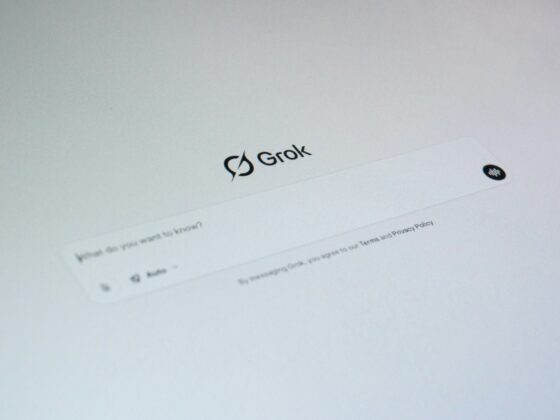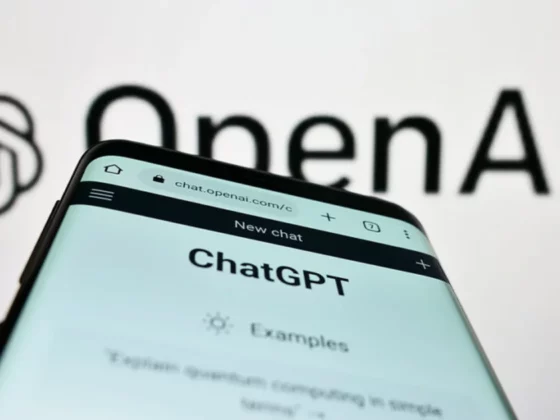
Marketers in the QSR and franchise restaurant sector have always sought to take advantage of new digital advertising developments as part of campaign activations. This industry has been quick to test and adopt, from the earliest days of web banner advertising and mid-page ad units to today’s in-app advertising, connected TV, and, of course, the ever-popular SMS promotions.
Whether it’s seasonal and competitive offers, new menus, or driving general brand awareness, getting the digital marketing mix right is essential. The opportunity—and challenge—is that there are so many different channels that can be used to reach audiences. Over the last decade, programmatic advertising has taken on a key role for all advertisers—and QSR is no exception.
Most chains have adopted some form of automated advertising buying, whether that’s fully programmatic in partnership with an agency or self-service through Meta and Google’s ad platforms. Self-service can work but can involve a huge overhead for marketing teams working across different buying systems, designing creatives, managing ad spend, and analyzing results. This self-service approach can also make it difficult to find the right audiences and be agile enough to pivot quickly when changes are needed in terms of creatives or where budget is invested.
Programmatic Automation
Programmatic advertising is delivered through cloud services rather than software deployed in the network, making it attractive to CTOs from an implementation perspective. It also does not require direct access to data, helping to preserve privacy and protect data integrity. Marketers can use a programmatic platform to define audience criteria based on any number of parameters, as well as how much they are prepared to pay for certain types of ad placements. Criteria could be age, gender, interests, location, ad type and position, or bidding range, for example. The platform then automatically bids for the best available spots that meet the criteria in its ad inventory.
While first-party data access is not essential, it can help tremendously—and many QSR businesses have access to valuable data through their apps. This can improve targeting and audience segmentation, leading to a better ROI on ad spend. When an organization takes this approach, it is crucial that data and privacy regulations are adhered to and user trust is maintained. Advertising platform partners use tools such as data clean rooms to match data for improved targeting while ensuring it is anonymized and encrypted.
Audio: Much More Than Radio
Audio advertising, traditionally in the form of radio spots, has always been a pillar of the QSR and franchise restaurant advertising mix. Today, audio advertising has many more channels where it can be used successfully, including podcasts, in-app, and in-game. The digital nature of these channels means that programmatic audio advertising is now a meaningful element in digital media planning. Programmatic audio opens up a huge range of new opportunities for marketers in terms of audience reach and measurable results at scale for leading QSR brands.
You might think podcasts are the most powerful route for programmatic audio advertising, but podcasting is actually tiny compared to mobile gaming, which is fast becoming the perfect place for audio ads. These ads have proven to be nonintrusive to gameplay, with great click-through and engagement from players.
Mobile gaming has a greater reach and targeting potential than most media channels available to advertisers today. Consider these facts: The mobile game Subway Surfers alone has four times as many active users as Netflix has ad-supported subscribers. Another stat: The entire global podcast listenership, at 546 million, is just 15% to 20% of the total global gaming market. And finally, the gaming market generated $185 billion in 2022—more than three times the music and movie industries combined.
The mobile gaming experience also makes it an attractive target channel for QSR and franchise restaurant media spend. The ability to game anywhere means gamers may be near a local eatery while playing and relaxing with friends or at home. Second-screening—gaming while watching TV or engaging in other forms of entertainment—often takes place as a social activity at snacking or evening mealtimes. An in-game ad for local eateries becomes a welcome experience that can delight customers when they are inclined to spend.
Benefits of Programmatic Audio
- Creative flexibility: The same brand creatives can be used across all the most relevant and engaging formats, including streaming music, podcasts, and gaming.
- Targeted creatives: It is easy to create rotating creatives that ensure the right audio ad reaches the right audience automatically.
- Scale: Programmatic audio, particularly in gaming, makes it possible to reach vast audiences with the same creative.
- Gen AI creatives: It is very easy and cost-effective to create and test new audio creatives with generative AI tools—much more so than video.
- Audience tools: Programmatic platforms allow advertisers to tap into audience-targeting tools to better reach the right customer at the right time.
Audio Is More Powerful Than Ever
Streaming, gaming, and podcasts have rejuvenated audio as an advertising format. Far from dead, it enables brands to reach audiences in new and personalized ways, with all the automation and creativity of programmatic advertising. If you’ve taken your ear off audio, it’s time to get the CTO and CMO in a room and work out how to get your brand shouting through these new digital audio channels.
[1] https://www.emarketer.com/content/global-podcast-listeners-forecast-2023
[2]https://www.forbes.com/councils/forbesagencycouncil/2023/11/17/the-gaming-industry-a-behemoth-with-unprecedented-global-reach/
About the Author
Elad Stern is the president and co-founder of Odeeo, the in-game audio advertising platform. Based in New York, Stern is a seasoned media executive and entrepreneur, spending over a decade working in mobile gaming and digital advertising with extensive executive experience across programmatic and user acquisition at ironSource.
Founded in 2021 by a pair of ad tech veterans, Odeeo is creating solutions for publishers to unlock the fastest-growing segment of marketing spend while empowering advertisers to reach mobile audiences at scale.
